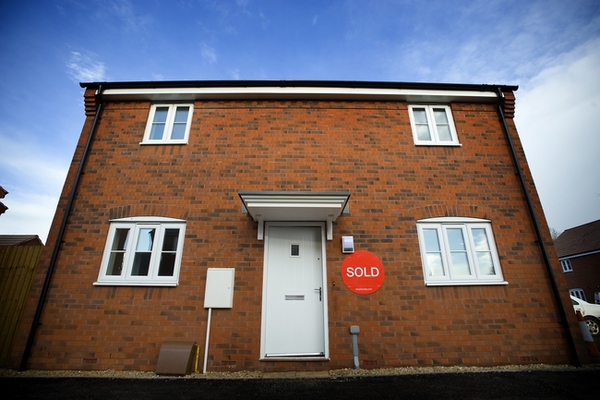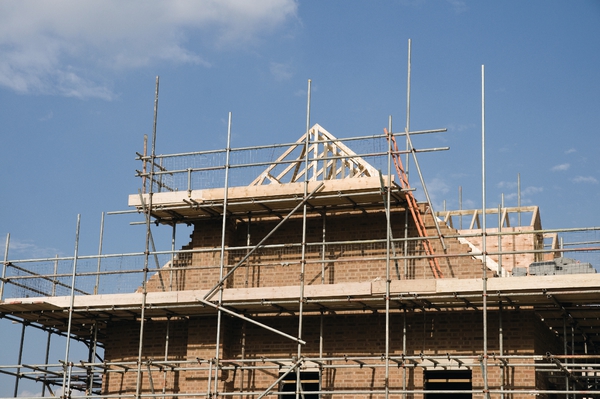You are viewing 1 of your 1 free articles
Non-starter
Starter Homes will not solve the housing crisis, says Susan Emmett

David Cameron’s pledge to “turn generation rent into generation buy” is enticing. Owning the keys to your castle is an aspiration so deeply culturally embedded in Britain we barely pause to question whether it’s worth the debt and massive deposit. Homeownership is just something we do because our parents did it, and it worked out well for them.
So on the face of it, overhauling planning laws on affordable housing in order to deliver the election promise to build 200,000 low-cost Starter Homes should be right on the money when voters hit the polling booths in 2020.
That this ambitious aim is part of a wider vision to deliver one million new homes over the course of this parliament adds weight to the government’s statement that housing is high on the political agenda.
However, the direction of government policy, which focuses so fervently on homeownership to the detriment of other tenures, risks delivering fewer not more homes overall. It will also leave us with a gaping hole where truly affordable housing used to be.
In a new analysis, Future of Sub-Market Housing, we at Savills calculate that at least 70,000 new households a year cannot afford to rent or buy in the open market. Over the course of this parliament the number of new households excluded from the market is set to grow to 350,000.
Starter Homes are unlikely to fill this gap. The scheme aims to help people onto the housing ladder by offering them new homes at a minimum discount of 20% to the market value with prices capped at £450,000 in London and £250,000 elsewhere.
There are still many unanswered questions in this policy. The initial aim of the scheme was to deliver an additional 100,000 new homes on otherwise unviable sites. The target has subsequently been increased to 200,000 new homes and the scope widened to ensure that they are included within “every reasonable-sized housing site”.
The government has also reaffirmed that developers’ contributions including Section 106 for other affordable housing will not be sought for Starter Homes. So Starter Homes effectively become the new ‘affordable’ tenure.
Unfortunately, discounted Starter Homes will be unaffordable for buyers on average salaries in the majority of London boroughs and areas in the south of England. Our analysis shows that a 20% discount to the average house price makes it possible to borrow enough to buy a Starter Home in just 45% of all local authorities in England. It is still not clear what is to happen in areas where the cost of a discounted Starter Home is still greater than the price caps.
These are not the only issues. Such a narrow emphasis on building for homeownership disregards one of the basic principles of developing housing for the open market: absorption rates. House builders will only deliver new homes at the speed at which they can sell them. Nobody wants large amounts of unsold stock on their balance sheet.
By making Starter Homes the new “affordable” tenure, we not only reduce the pool of other sub-market housing, but also risk cannibalising private house builders’ own product aimed at first-time buyers. Expanding the Starter Homes policy beyond exception sites will not necessarily deliver additional homes, but merely replace what would have been built anyway.
Such an approach is diametrically opposed to what we really should be doing to speed up housing delivery: diversifying tenure. You can build twice as fast if half of the homes delivered are destined for the rental or affordable sector and not competing with those for market sale. That’s assuming that the market is moving and sales are being agreed.
In recovery
We must remember that the property market is cyclical. Buyers’ demand for homes is driven by economic factors including interest rates, mortgage availability, wage growth and consumer confidence rather than housing need alone.
By developing homes for a broader range of tenures, providers are able to smooth out peaks and troughs of the market and plug the gap left by market housing. During the last recession, for example, some housing associations were able to buy up units which private house builders were struggling to sell on the open market.
The housing market recovery is now well advanced. We have reached the end of the beginning of the current market cycle. Government policy and developers’ strategy must bear in mind the risks associated with building for market sale.
Given the realities of development and the volatility of the housing market, delivering more homes across a broader range of tenure is the best way to ensure a more constant stream of new homes and hence increase the chances of homeownership for a greater number of people in a sustainable way.
Susan Emmett, director, Savills Residential Research













